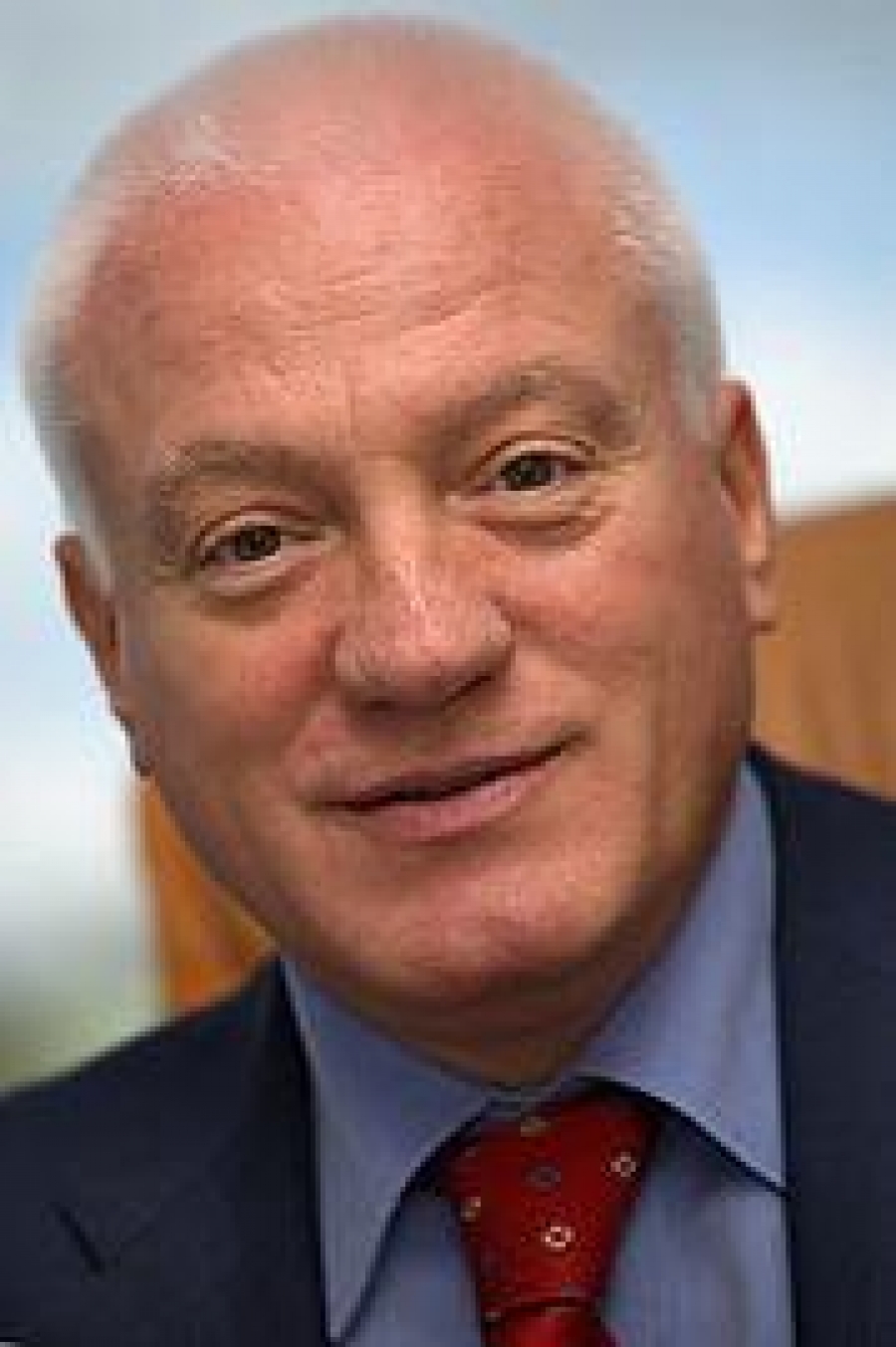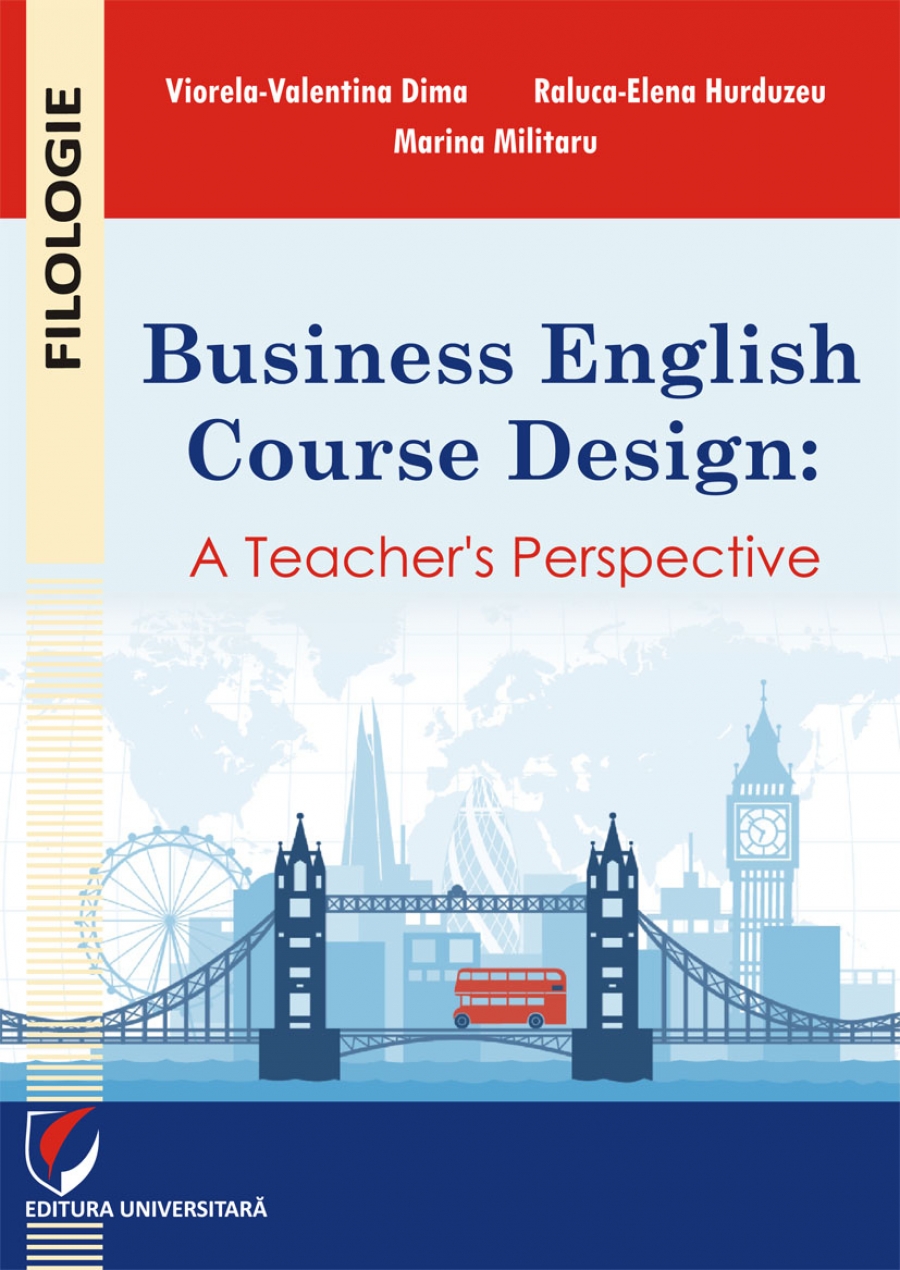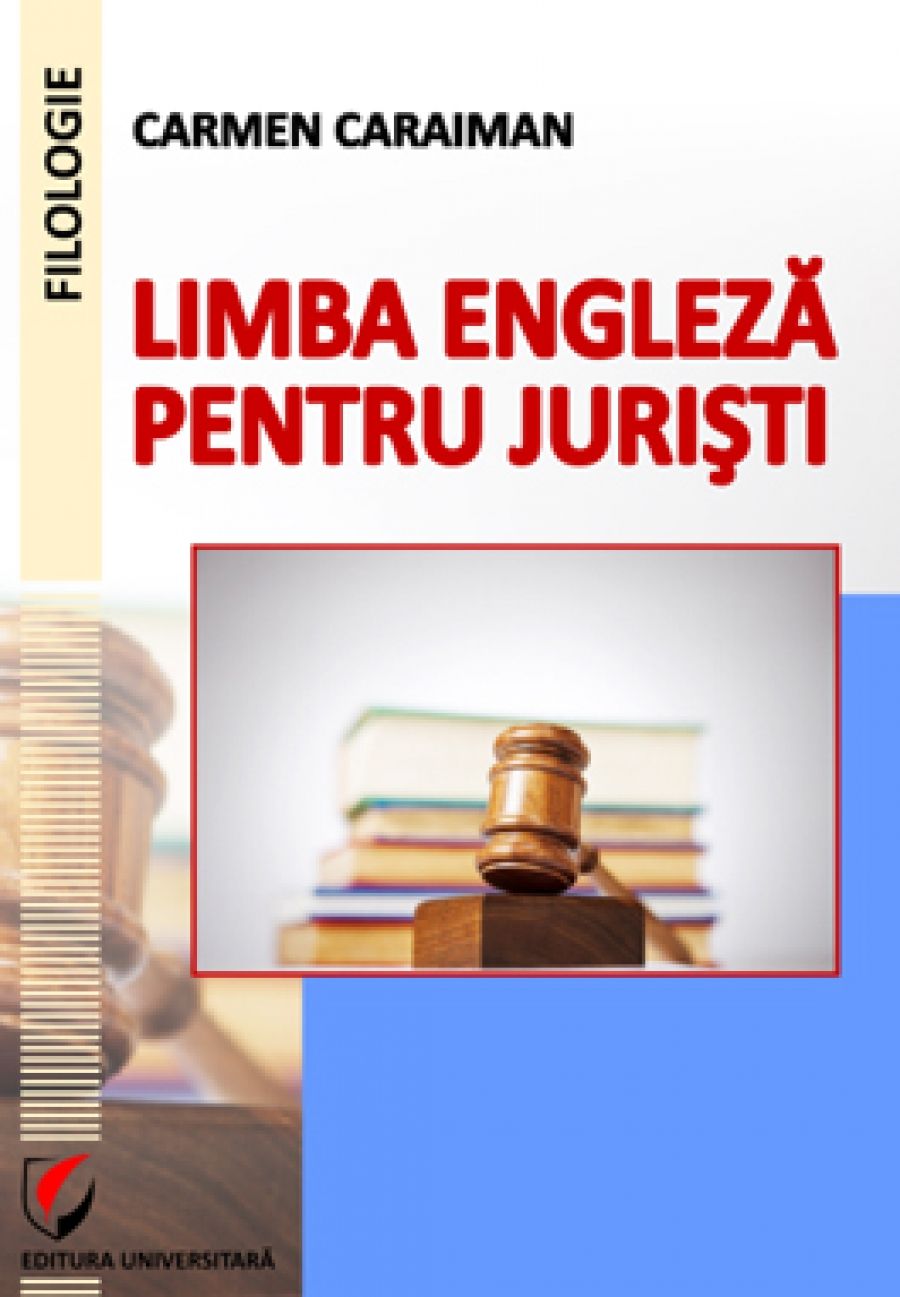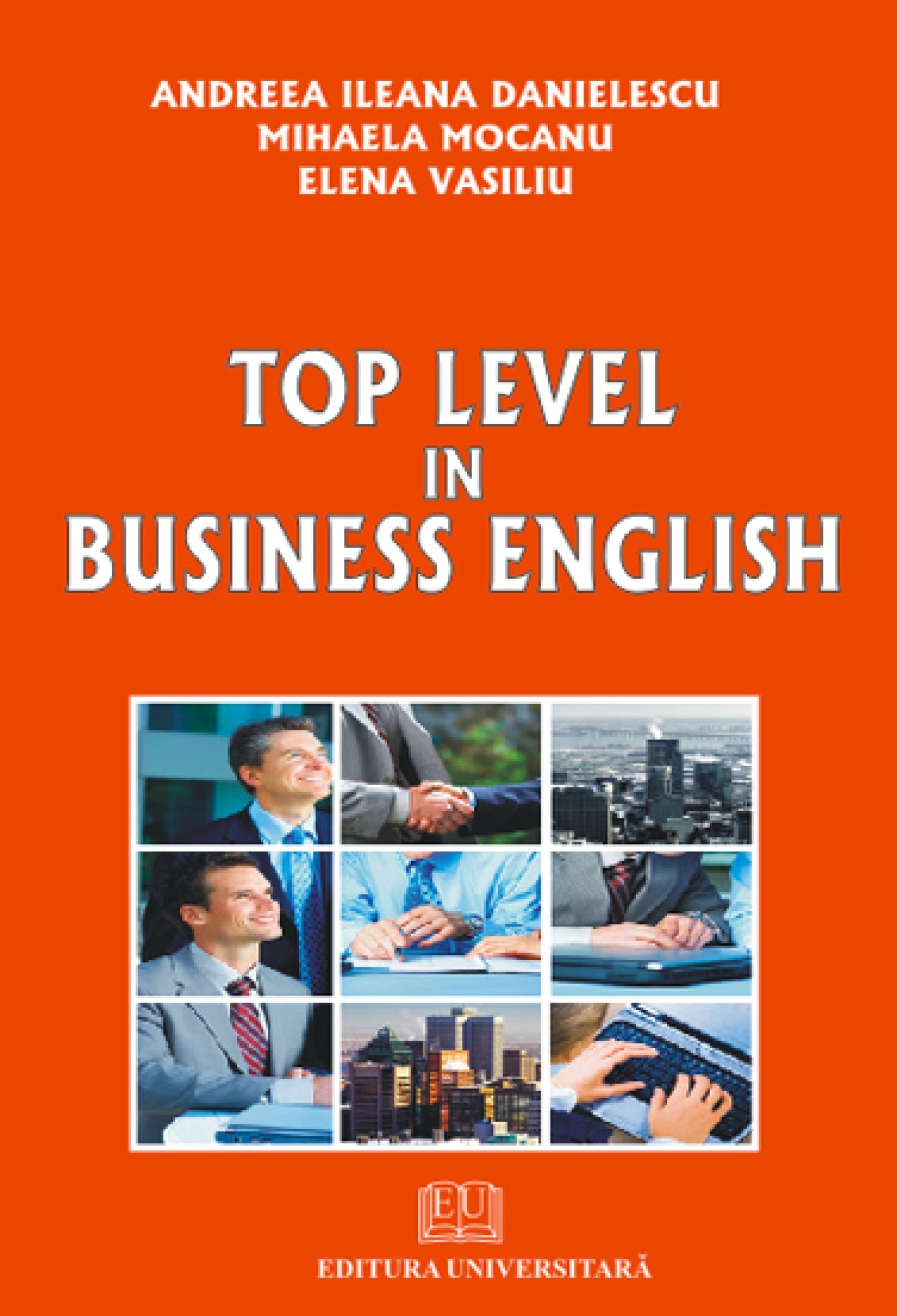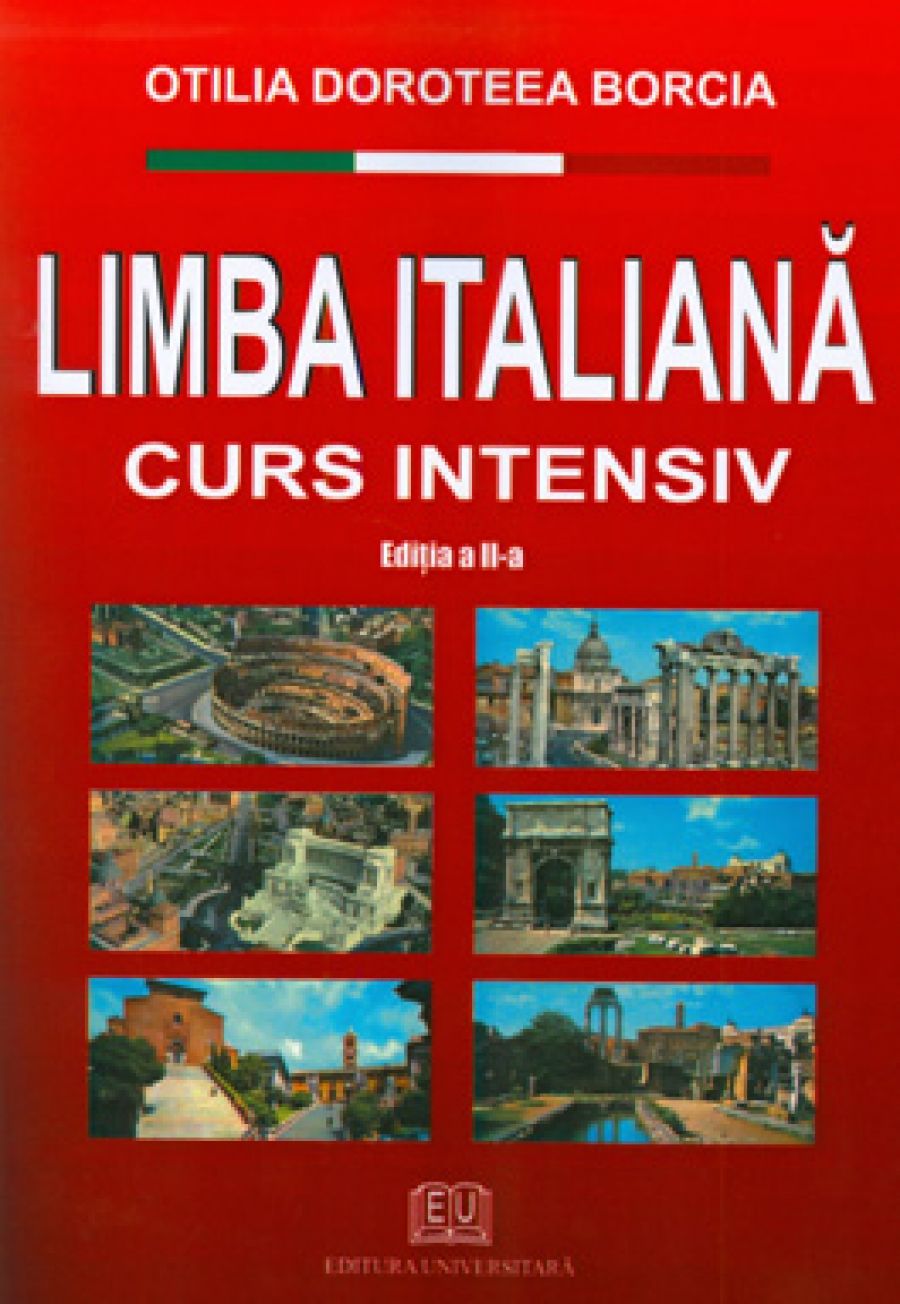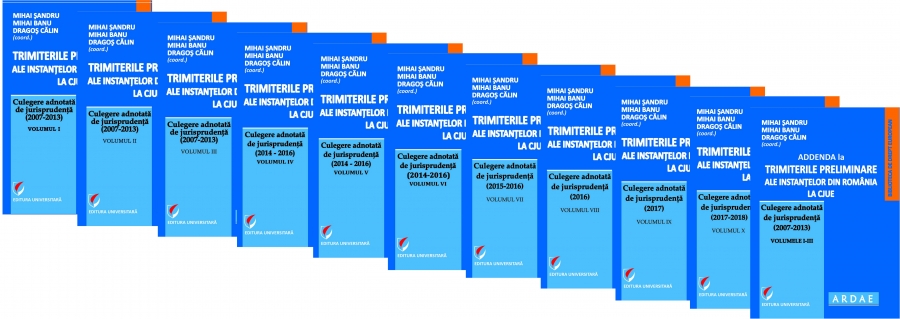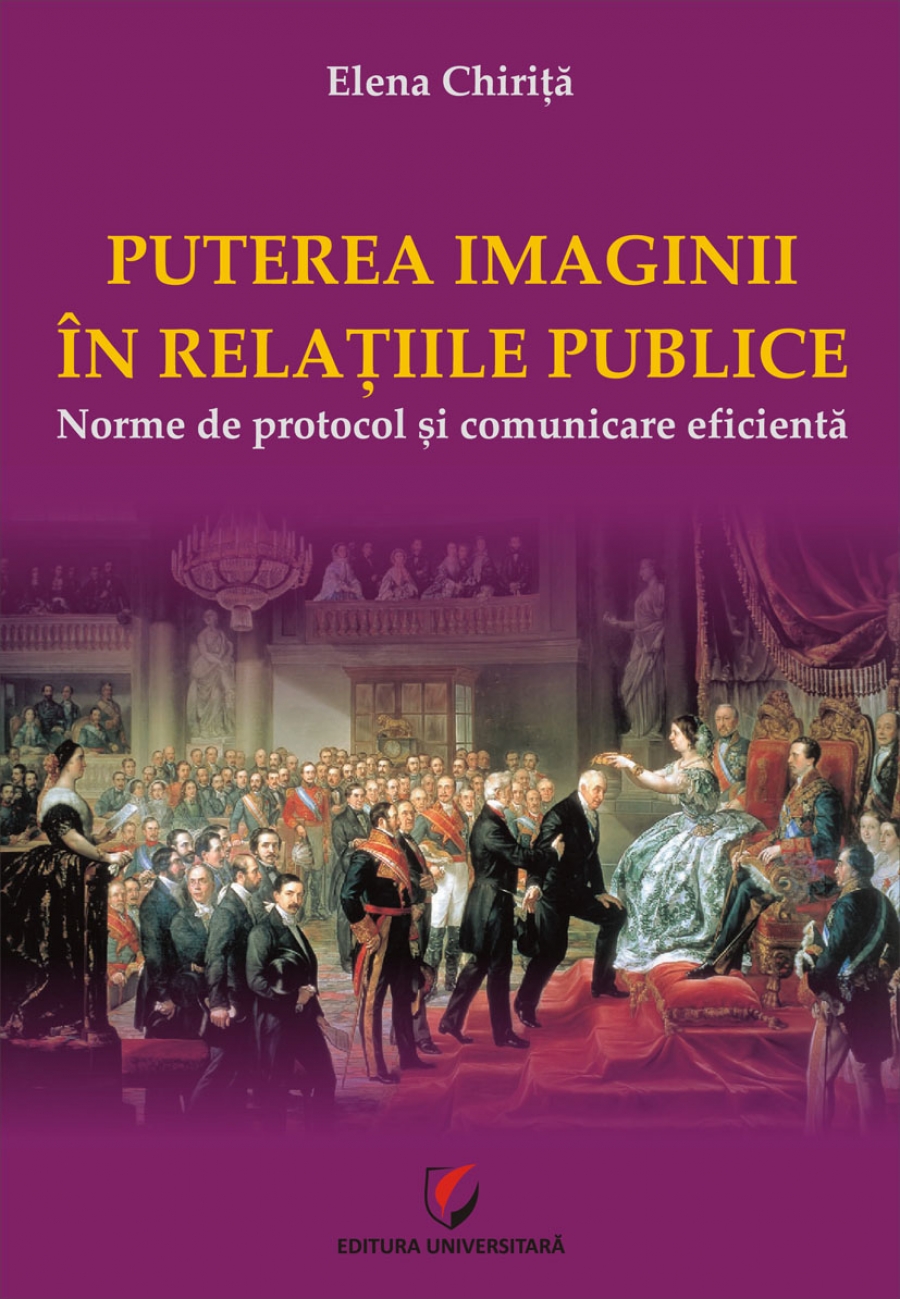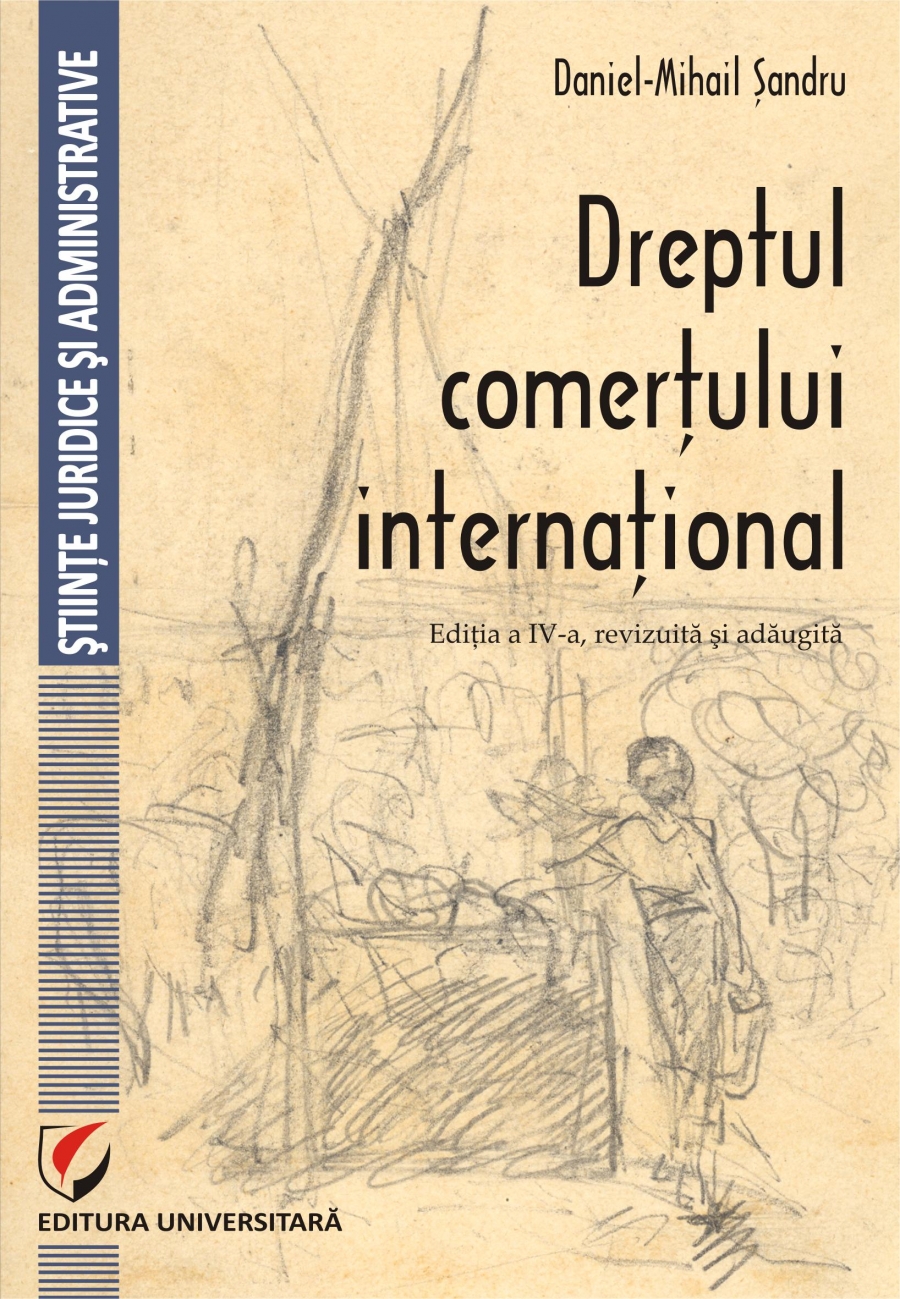Business English Course Design: A Teacher's Perspective
000 RON
Disponibilitate: stoc epuizat
Acest produs nu este pe stoc momentan.
Mai multe detalii Business English Course Design: A Teacher's Perspective
In the 21st century, English seems to be an indisputable lingua franca. An increasing number of non-native speakers use it to communicate among themselves and with native speakers on issues of global interest in various fields: administrative, cultural, diplomatic, economic, scientific, social, etc. Not surprisingly, an impressive number of people resort to English language courses to achieve a proficiency level that would allow them to join this global conversation that they are interested in.
English language courses have themselves adapted to the learners, by providing content that is suitable for their needs. Hence, there is a wide range of so-called courses in English for Specific Purposes (ESP): focusing on increasing the participants’ economic/ legal/ technical … vocabulary, as well as on domain-specific writing or speaking skills. Furthermore, teaching methodologies continuously adapt to learners and domains, as do the technologies used in classrooms.
In this ever changing environment, it seems only natural that educators design and test new approaches, methods or materials. New books and articles are published every year to disseminate the findings of projects on classroom experiments, reconsidering educational principles and means to conduct efficient teaching and learning processes.
The book “Business English Course Design: A Teacher’s Perspective” tackles the question What makes a Business English course stand out? To answer it, the authors start from the role of the teachers, basic educational principles, and general considerations on ESP. Subsequently, a significant part of the book is dedicated to practical aspects of language teaching and learning in the business field.
Chapter 2: Teachers’ profile aims to delineate the portrait of the teacher in general, and the English language teacher in particular, as seen from a European perspective. We review the current norms regarding the professional competences teachers are expected to have by the European Commission, Directorate-General for Education and Culture, comparing them to local/ national norms as evinced in Romanian legislation and programmatic documents. To reach the desired competences, junior teachers are supposed to be assisted by more senior ones, who undertake the role of mentors. Consequently, we also briefly discuss the role of mentors and peerassistance in career development in (language) teaching.
Chapter 3: A brief overview of educational principles and methods highlights the necessity for teachers to be well trained in pedagogical issues. By paying attention to their learners, teachers will observe the variations in knowledge and ability, as well as in psychological traits. By everyday classroom experience, introspection, peer observation and continuing professional training, educators will enlarge their array of teaching methods and strategies, so as to accommodate each and every type of learner they encounter. By employing a variety of assessment tools, teachers monitor and foster learner achievement, course improvement and, ultimately, selfdevelopment.
Chapter 4: Business English language course design capitalizes on both theoretical and applied issues in the field. Firstly, we relate the teaching of Business English to the encompassing notion of English for Specific Purposes. Secondly, we briefly consider the specific needs of Business English students. Thirdly, we present a wealth of ideas related to topics such as: selection and/ or design of relevant materials, blended learning, the use of web resources etc. Fourthly, we propose practical activities to encourage students’ use of language skills (reading, listening, speaking, writing, grammar, vocabulary), as well as of more general selfevaluation skills.
Chapter 5: Conclusions summarizes the main findings and attempts to assess whether the book has provided a clear and coherent answer to the question it sprung from.
Acknowledgements
This book has emerged from its authors’ own experience as Business English teachers at the Bucharest University of Economic Studies – ASE, Romania. For more than a decade, we have been challenged to improve our own knowledge of (general and business) English and educational tools, by our stakeholders: students in various business Faculties, colleagues in the Department of Modern Languages and Business Communication, faculty and university management staff, representatives of the business environment or of the national (re)accreditation body. Our interaction witheach of them has enriched us both as human beings and as professionals.
We have also benefited from the support of our peers from other educational institutions. On regular basis, we have met and exchanged good practice examples on occasions such as: national or international conferences, or teacher training courses. Among the latter, we dearly remember the project entitled “Quality, innovation, communication in the system of continuing training of didactics specialists”, jointly undertaken by the Romanian Ministry of Education and six top Romanian universities, which we participated in during the summer of 2013. Chapter 2 and – to some extent – chapter 4 of this book stemmed from debates and assignments related to this project. Last but not least, we are all indebted to our families for patience and moral support.
Cuprinsul cărţii Business English Course Design: A Teacher's Perspective
LISTA FIGURI /7
LISTA TABELE / 11
CHAPTER 1: INTRODUCTION / 13
CHAPTER 2: A TEACHER’S PROFILE / 17
2.1. Teachers’ professional competences at EU and Romania level / 19
2.2. English language teachers’ competences /31
2.3. The experienced teacher as a mentor for junior English teachers/ 36
2.4. Chapter summary /40
CHAPTER 3: A BRIEF OVERVIEW OF EDUCATIONAL PRINCIPLES AND METHODS /41
3.1. How do learners learn? / 43
3.2. How do teachers teach? /47
3.3. What assessment tools are useful for both learners and teachers?/ 51
3.4. Chapter summary / 53
CHAPTER 4: BUSINESS ENGLISH LANGUAGE COURSE DESIGN / 55
4.1. Business English - a type of English for Specific Purposes / 57
4.2. Designing Business English programmes to suit students' needs/ 60
4.3. General considerations on course design / 64
4.3.1. Selecting and developing materials. Published versus authentic materials/ 65
4.3.1.1. The use of web resources /71
4.3.1.1.1. Information and Communications Technology (ICT) in education /71
4.3.1.1.2. Blended learning or combining e-learning techniques with the traditional ones/ 74
4.3.1.2. Types of web resources /77
4.3.1.3. How to use web resources /93
4.3.2. The content/95
4.3.3. Tasks and activities/ 114
4.4. Designing materials and activities for a Business English language course. Practical examples /115
4.4.1. Designing business materials for reading competences /116
4.4.2. Designing business materials for listening competences /120
4.4.3. Designing business materials for speaking competences/ 126
4.4.4. Designing business materials for writing business correspondence competences/ 130
4.4.5. Designing business materials for vocabulary competences / 137
4.4.6. Designing business materials for grammar competences / 143
4.4.7. Designing business materials for self-evaluation /146
4.4.8. Sample of a unit including all six competences and selfevaluation test / 151
4.5. Chapter summary / 171
CHAPTER 5: CONCLUSIONS / 173
REFERENCES / 175
Despre autor
Viorela-Valentina Dima
Raluca-Elena Hurduzeu
Marina Luminita Militaru
Te-ar mai putea interesa şi..
Promoţii
Recomandările editurii
Top vânzări
-
Noile Media. Spatiu. Comunicare.Limbaj
Arte si Multimedia
-
Haihui prin Europa
Timp liber
-
Contabilitatea in comert - Caiet de aplicatii
Contabilitate
-
Cercetari operaţionale
Matematica
-
Persoana fizica - Cereri si actiuni in justitie
Ghid Juridic Practic
-
EUROPENIZAREA. PROCESE SI TENDINTE IN DEZVOLTAREA EUROPEANA
Economie generala
-
LE PLURILINGUISME DANS LA FORMATION UNIVERSITAIRE DES ENSEIGNANTS DE LANGUES. Compte-rendu d’une expérience
Limbi si literaturi straine
Citatul zilei
Preceptele dreptului sunt: sa traiesti cinstit, sa nu vatami altuia, sa dai fiecaruia ce i se cuvine
Personalităţi
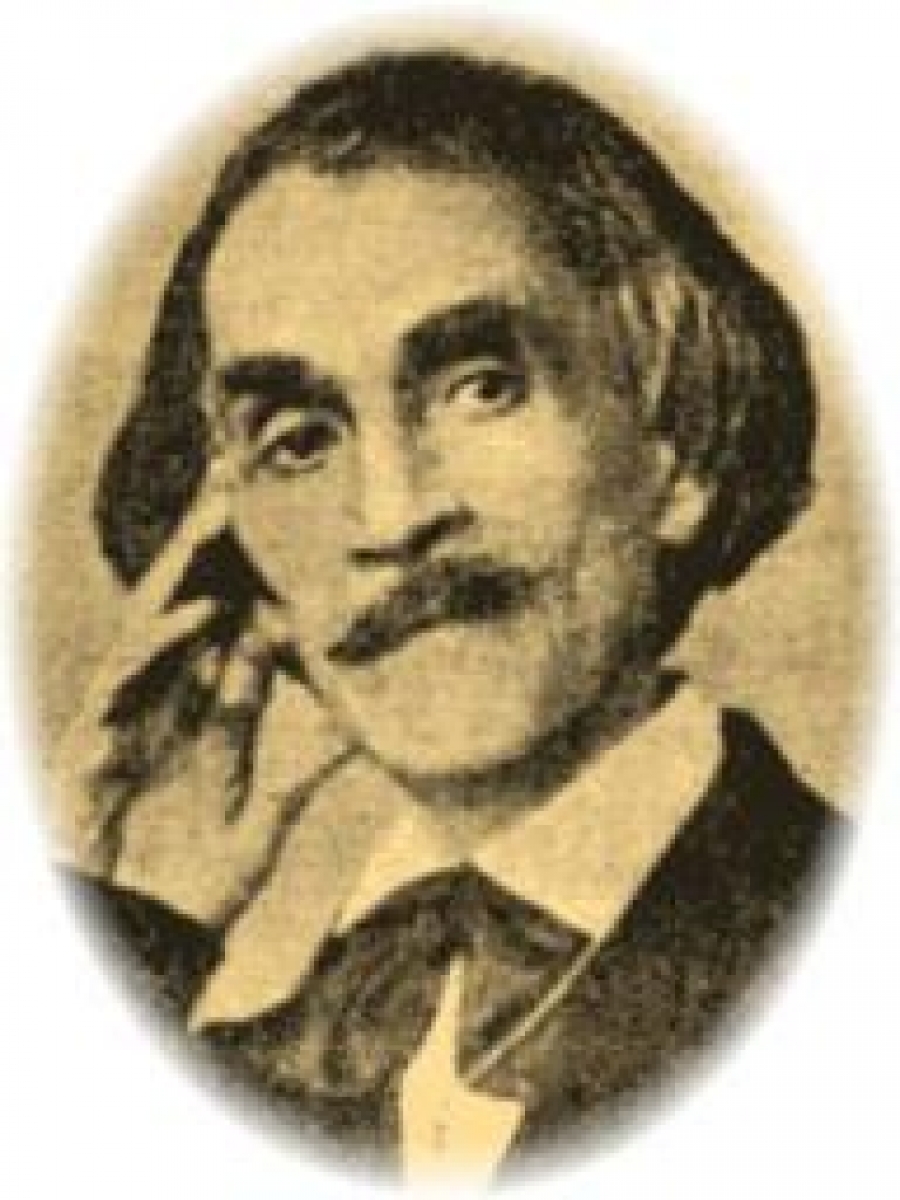 Grigore Alexandrescu
Grigore Alexandrescu a fost un poet si fabulist român.
A debutat cu poezii publica ...
citeşte mai mult →
Grigore Alexandrescu
Grigore Alexandrescu a fost un poet si fabulist român.
A debutat cu poezii publica ...
citeşte mai mult →
Interviuri
